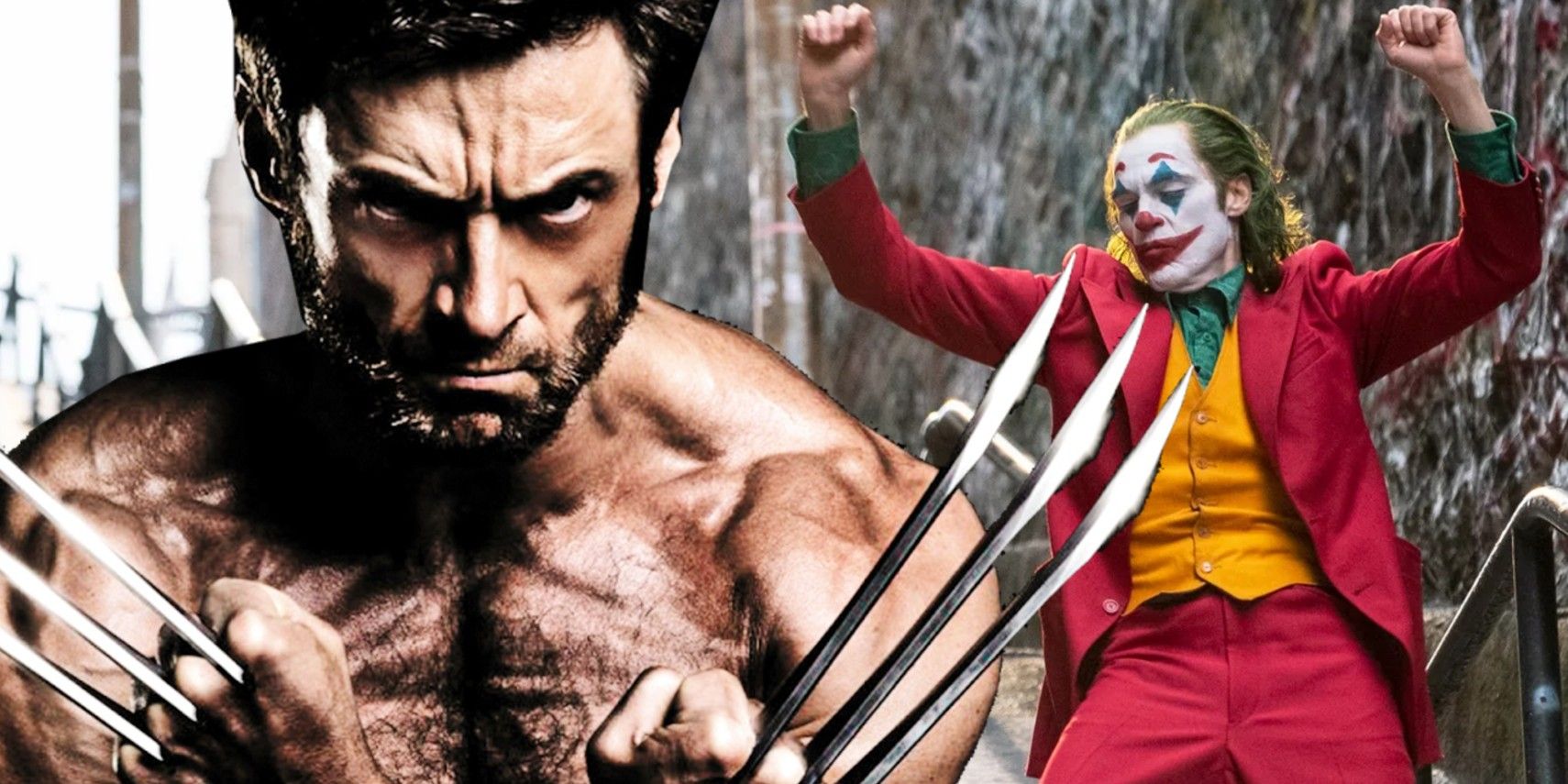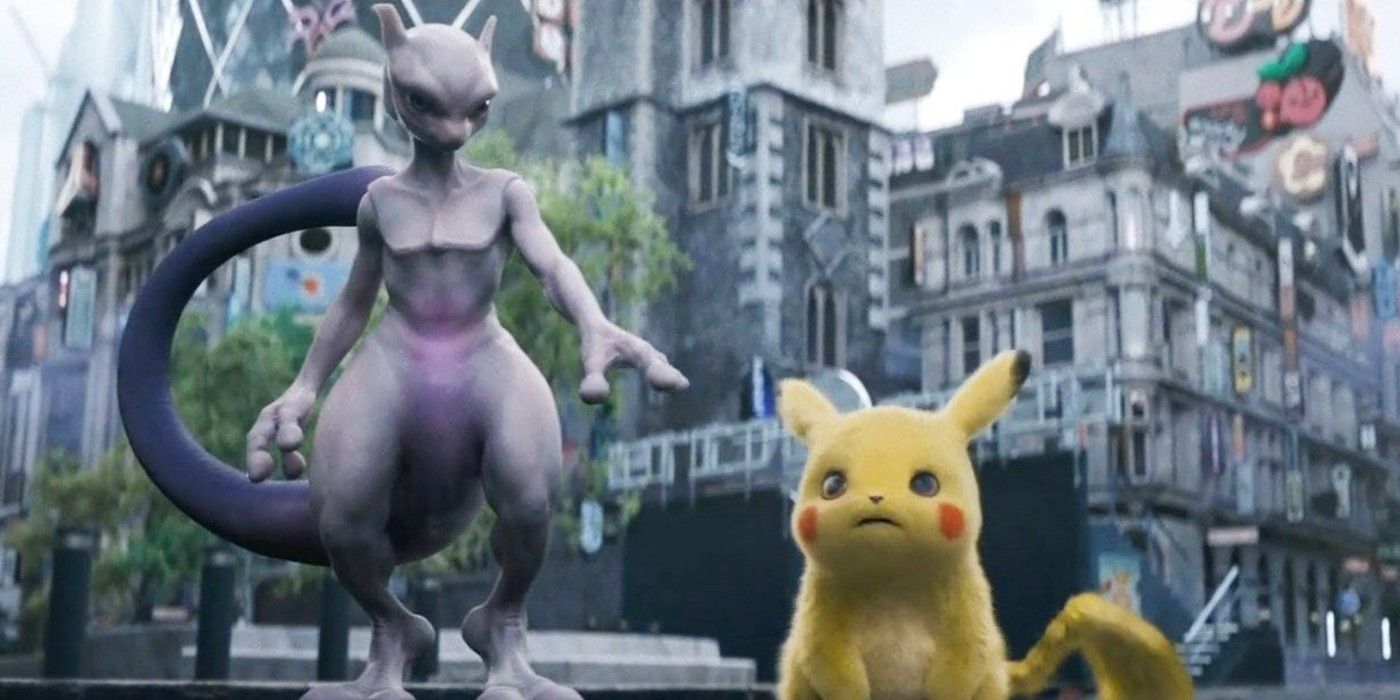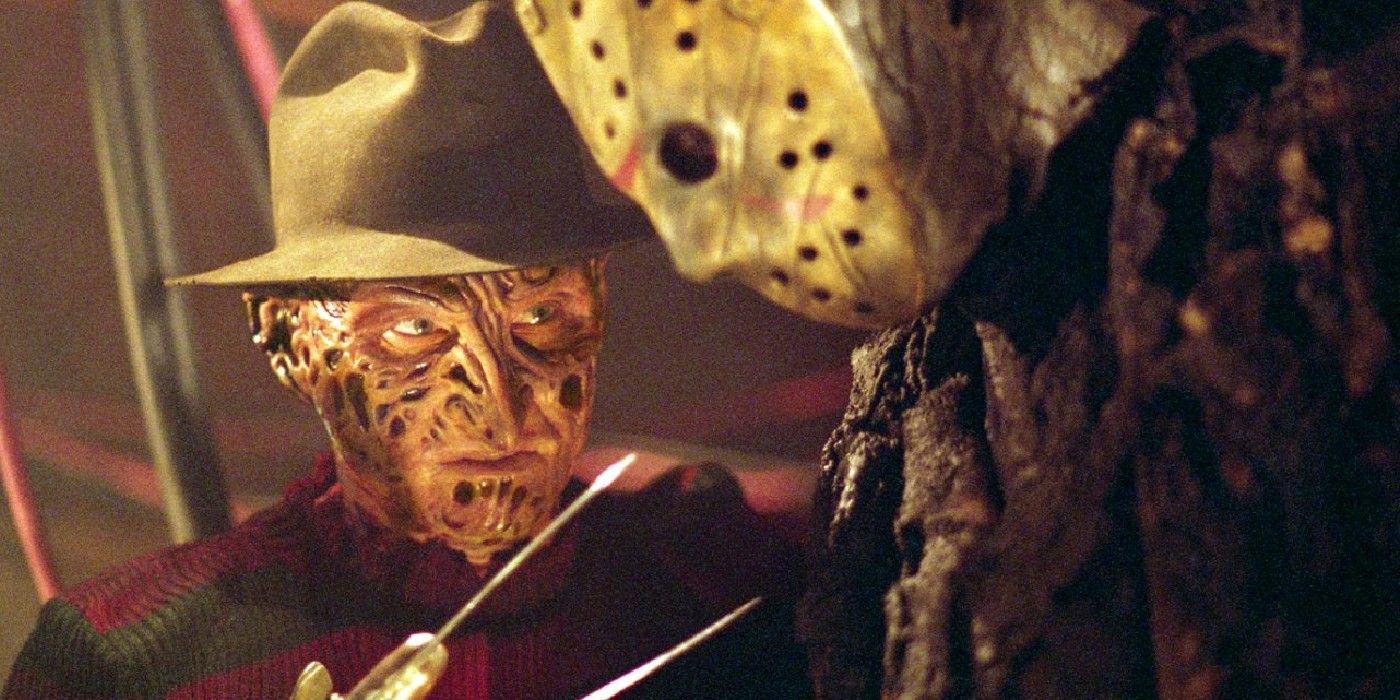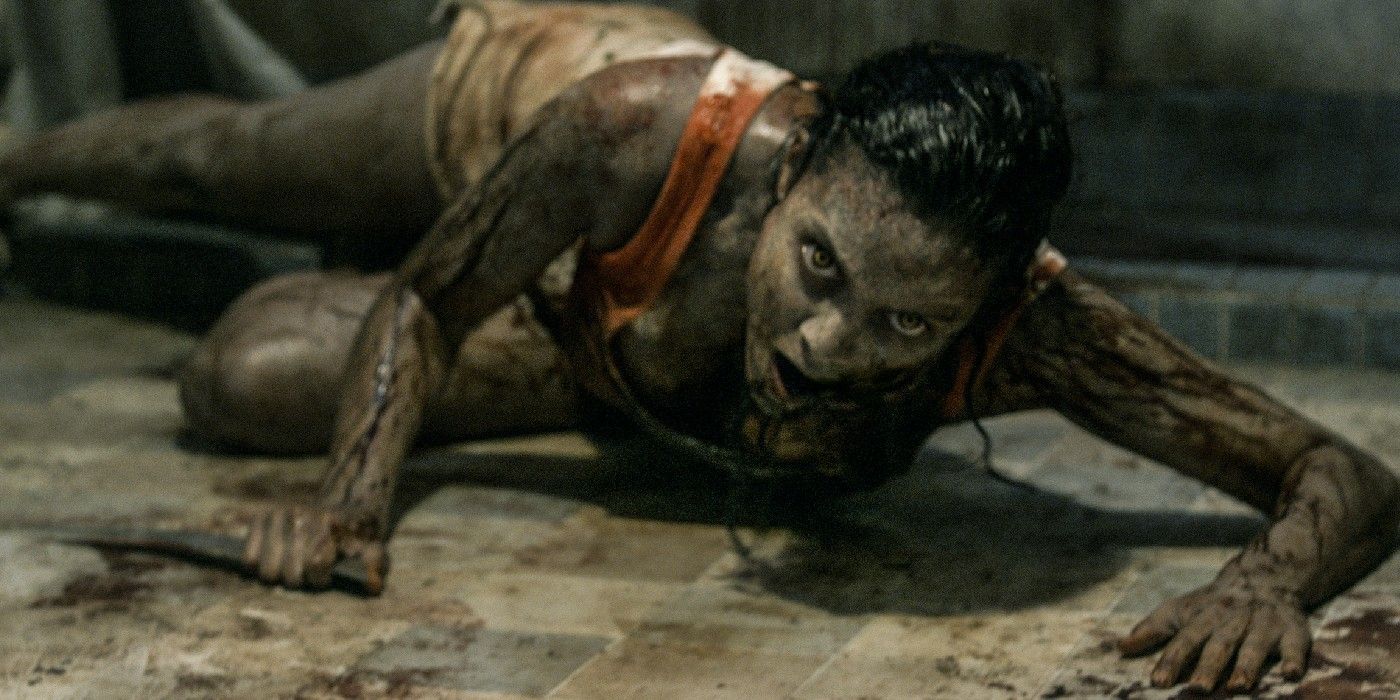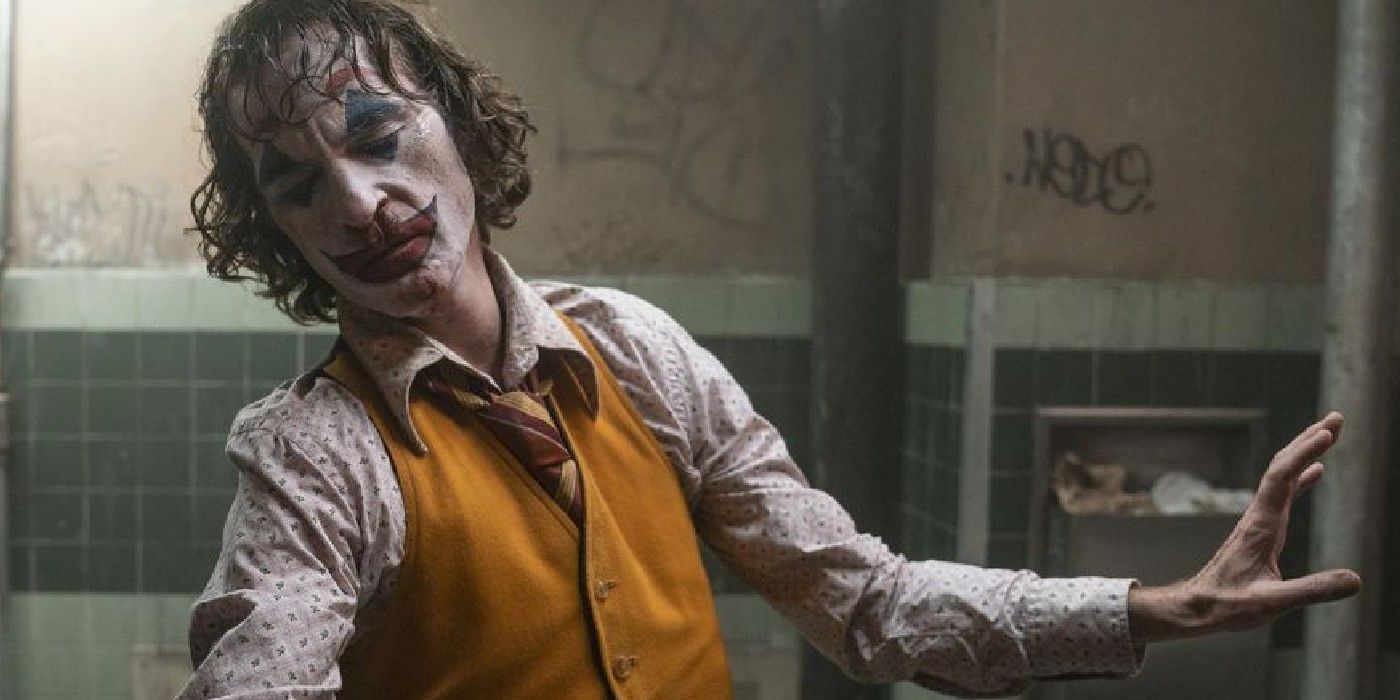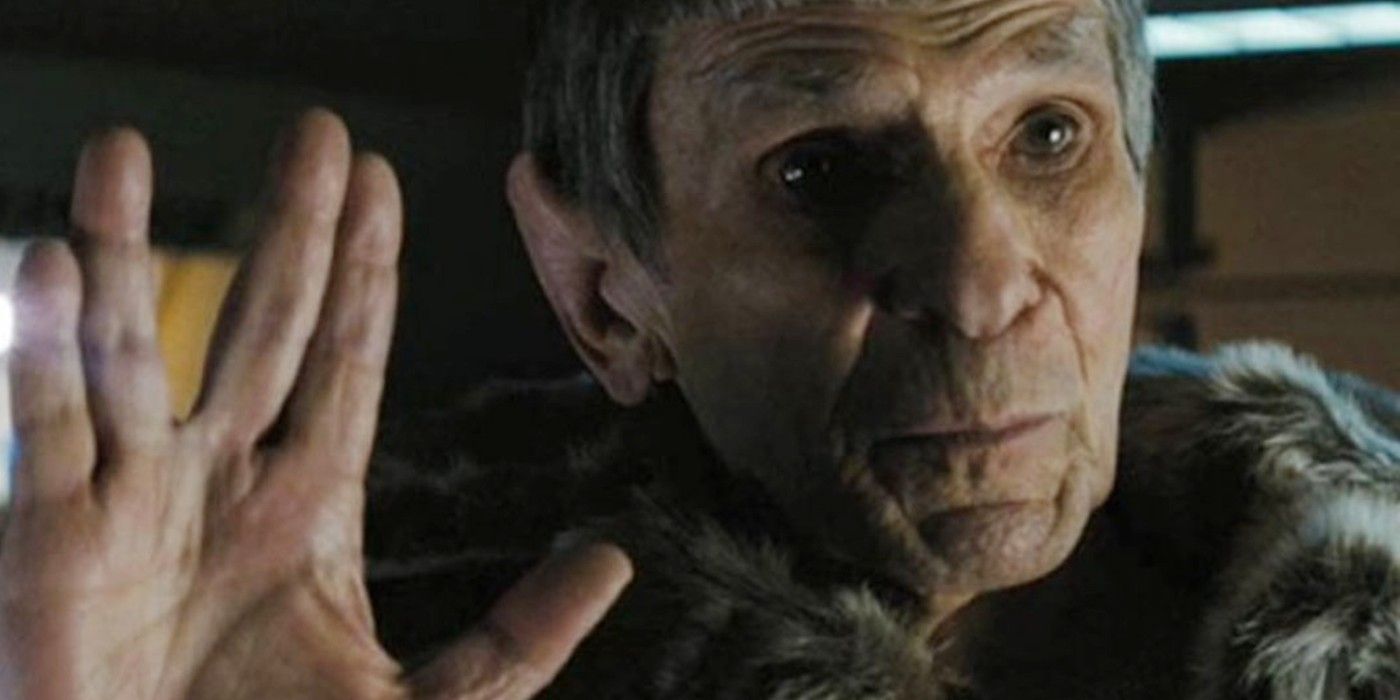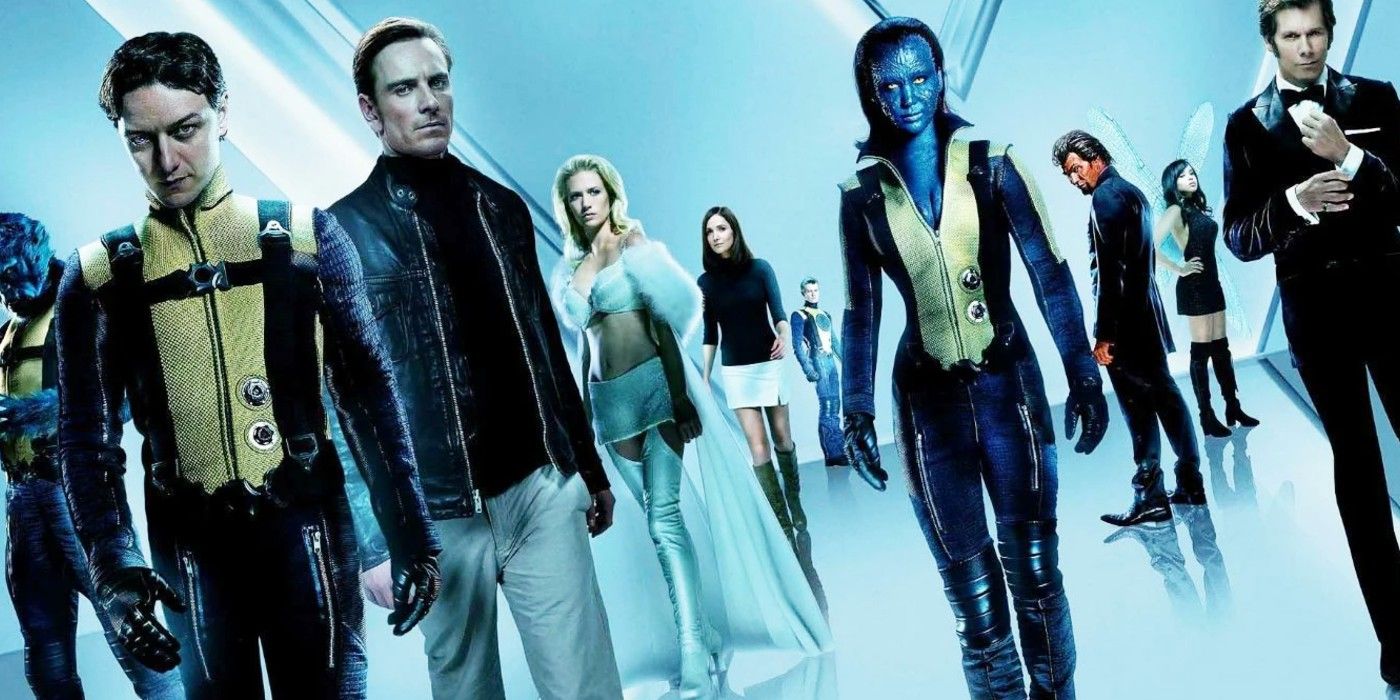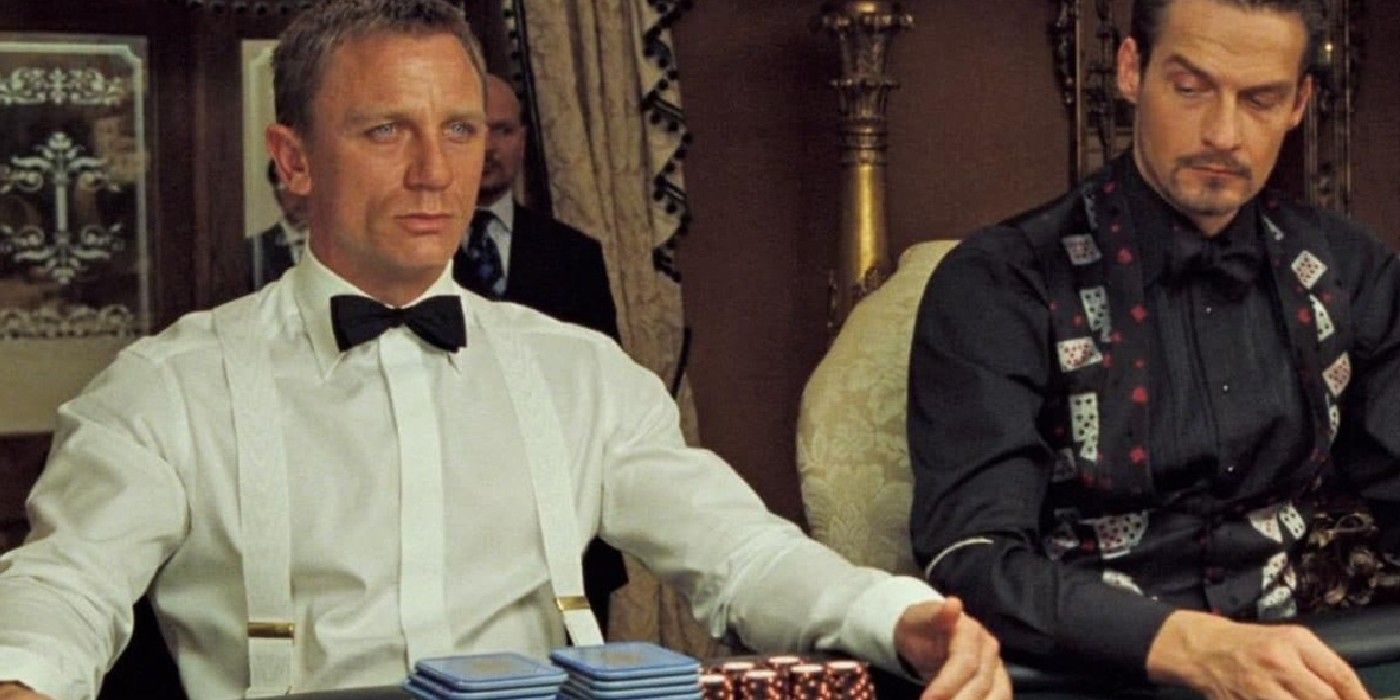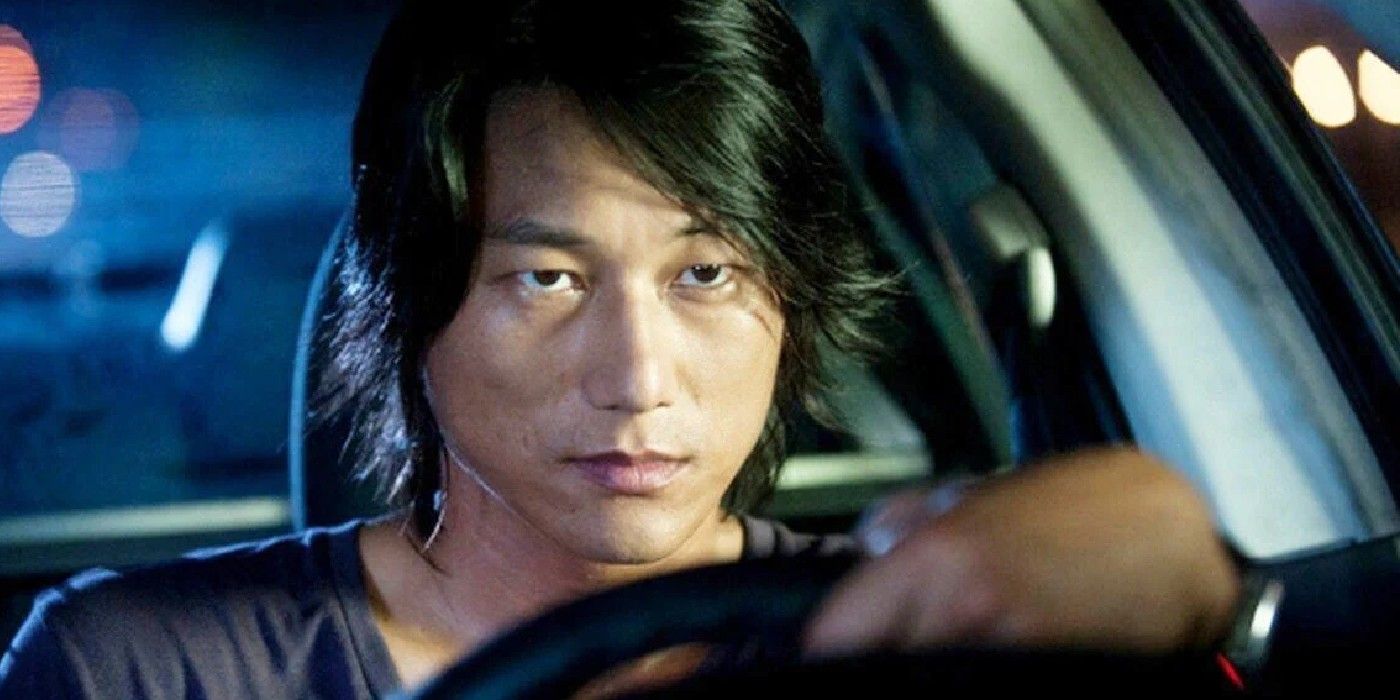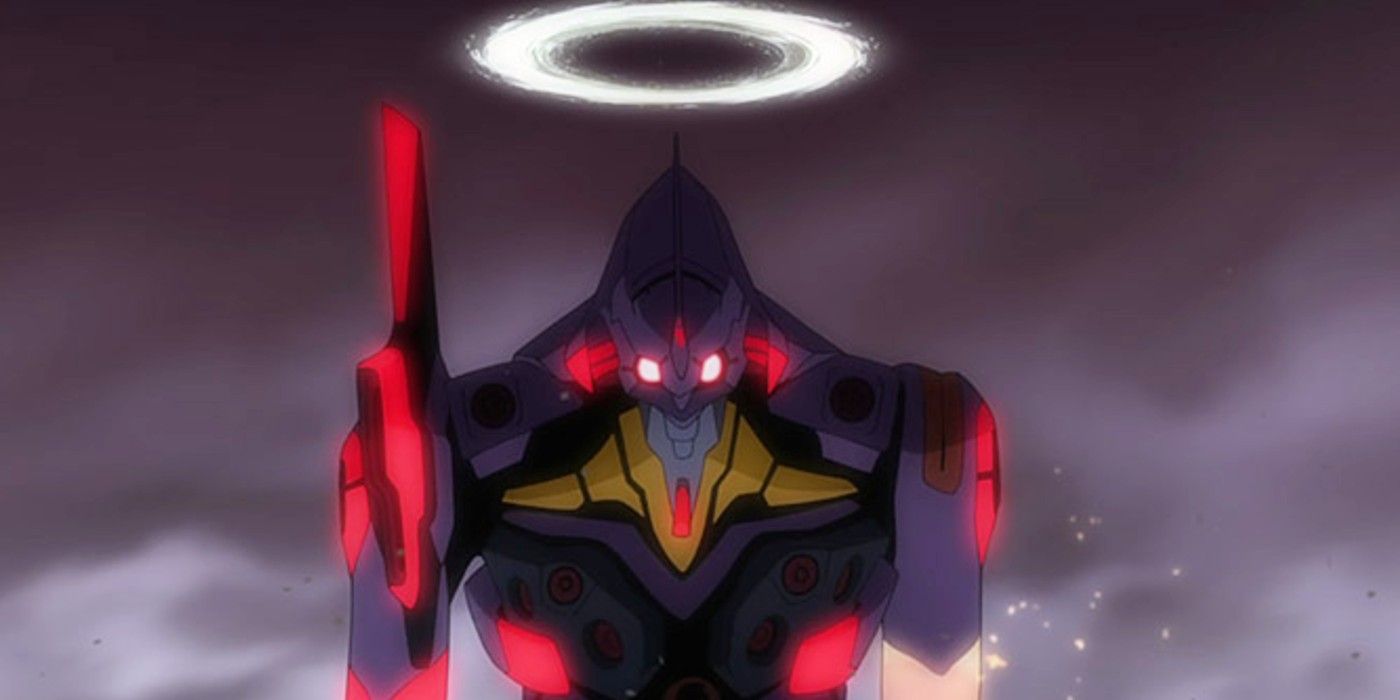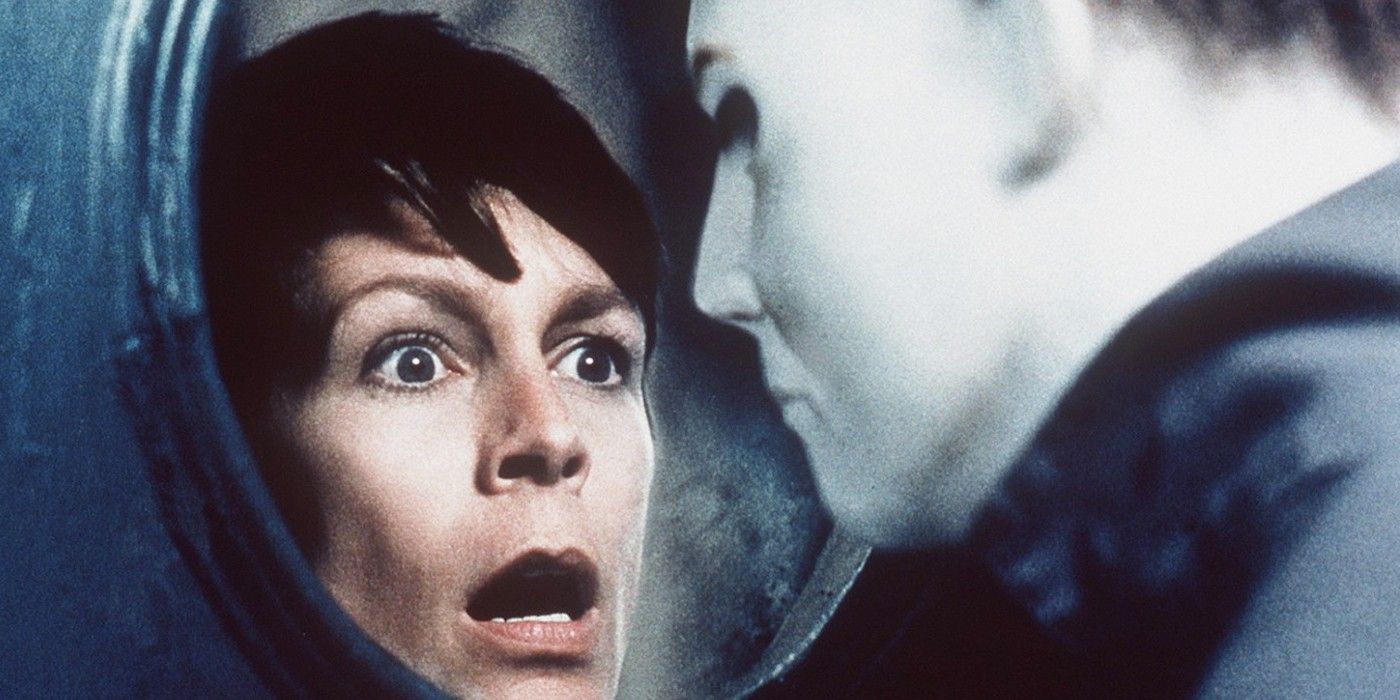Ideally, it would be easy to differentiate a movie franchise's latest reboot or sequel from what came before. Doing so would make even the longest-running movie series easy to understand, especially if it has a clearly defined chronology. That isn't the case for these movies, though.
For one reason or another, these reboots/sequels/both don't make it clear where exactly they fit in their respective series' histories. Some of them obscured these important details to keep a big twist a surprise, while others fell victim to inconsistent writing and planning.
Warning: Spoilers ahead.
10 Pokémon Detective Pikachu Is A Sequel To The Anime's First Movie
As the first live-action Pokémon movie that was also based on a non-canon spin-off game, Detective Pikachu was assumed to be a standalone story. While it can function as a novice-friendly reboot, Detective Pikachu is actually a distant sequel to the anime, specifically Pokémon: The First Movie (or just Mewtwo Strikes Back).
The Mewtwo that Tim Goodman and Det. Pikachu meet is the same one Ash Ketchum and his Pikachu faced in Mewtwo Strikes Back, and he's been on the run for the past 20 years. Mewtwo's presence and backstory were only revealed in the climax, meaning that it was only then when Detective Pikachu's place in Pokémon history made sense.
9 Freddy Vs. Jason Connected Two Slasher Chronologies, But Contradicted Their Finales
When Freddy Vs. Jason was released in 2003, A Nightmare On Elm Street and Friday The 13th were already finished. The gory slasher crossover is set in the 2000s, despite Freddy and Jason's finales occurring in the '90s (Wes Craven's New Nightmare) and the distant future (Jason X), respectively.
Though it's been at least confirmed to precede Jason X, the crossover's placement in Freddy's history is still confusing. Which Nightmare it's set before is still up for debate, since it cherry picks what parts of Freddy's Dead: The Final Nightmare to acknowledge— while New Nightmare may or may not be an alternate reality.
8 Evil Dead May Or May Not Be An Alternate Timeline
Up until its end, Evil Dead (2013) was just a remake of The Evil Dead (1981) that also promised to be the start of its own reboot franchise. However, this was muddied when Ash Williams suddenly appeared in the post-credits stinger. This wasn't just a cute cameo, since Ash returned to slay Deadites in his own trilogy's televised continuation: Ash Vs. Evil Dead
Evil Dead was barely acknowledged in the series, and Ash Vs. Evil Dead had to act like Army Of Darkness never happened due to rights issues. Because of this, the remake's connection to Ash's adventures are vague and even non-existent. Some fans think it's a parallel reality, while others consider it canon. The upcoming Evil Dead Rise may finally clear things up.
7 Joker Is Actually A '70s-Era Batman Reboot
Despite being based on the most famous comics supervillain of all time, Joker's marketing made it explicitly clear that it was a self-contained revisionist movie that just so happened to star Batman's nemesis. Aside from the total lack of DC Comics connections and iconography, the movie also starred a wholly original Joker named Arthur Fleck. What made things confusing was that Joker released while the DCEU was going full steam, leading to obvious assumptions that it was connected to that cinematic universe somehow.
Joker's place in Batman's mythos was only revealed in the final act, where the Joker-inspired riot directly led to the Waynes' murder and Bruce's beginnings as Batman. That said, whether or not Arthur becomes the comics' Joker or inspires someone else to become the Clown Prince of Crime has yet to be clarified.
6 Star Trek (2009) Is An Alternate Timeline & Also A Sequel To Multiple Trek Generations
J.J. Abrams' Star Trek wasn't anything unexpected; it seemed like an old franchise's attempt to break out of relative obscurity by means of a prequel/reboot. However, this all changed when Kirk met an older Spock who was revealed to be "Spock Prime," the very same Vulcan from Star Trek: The Original Series.
The 2009 movie started the parallel Kelvin Timeline, which is also a distant sequel to Star Trek: The Next Generation (plus its succeeding shows) that original ended with Star Trek: Nemesis but later continued with Star Trek: Picard. How the Kelvin Timeline does or doesn't connect to Star Trek stories outside of the accepted canon (Discovery, Lower Decks, etc.) is still up in the air.
5 X-Men: First Class Is Both A Reboot & The Start Of The Darkest Timeline Of The Original Movies
Following the uninspiring receptions of X-Men: The Last Stand and X-Men Origins: Wolverine, it only made sense for Fox to reboot the mutants' franchise with X-Men: First Class. The '60s-era prequel seemed to do little more than show the beginnings of Magneto and Prof. X's rivalry, but it was actually a sequel that started a different series of events.
That is, until X-Men: Days Of Future Past bridged the original X-Men with the prequels, revealing that their histories diverged greatly after Mystique assassinated Bolivar Trask. When this was averted, the First Class timeline continued with its own history and ended with a new adaptation of The Dark Phoenix Saga, which was distinct from the one depicted in The Last Stand.
4 Casino Royale Seemed To Fit The Famous "James Bond Is Just A Codename" Fan Theory — Until It Was Debunked
One of the most popular pop culture fan theories suggests that James Bond isn't the name of a single person, but instead a code name that has been adopted by multiple people. Basically, each new Bond Era saw a new MI6 agent (read: actor) inherit the name and occupation from the one before them. This would explain why each 007 is unique and relatively ageless, despite them supposedly being the same agent.
Daniel Craig's first two Bond movies (Casino Royale and Quantum Of Solace) aligned with this theory, especially with Judi Dench returning as the Pierce Brosnan era's M. But then Skyfall debunked this by outright revealing that "Bond" is a family name, not a legacy. Additionally, Skyfall introduced the new Moneypenny and M, cementing the Craig era's status as a reboot. Whether or not this applies to the previous Bonds has yet to be answered.
3 The Fast & The Furious: Tokyo Drift Took Place Further Down The Timeline Than Anyone Realized
On release, the third Fast & Furious movie was dismissed as both a soft reboot and a side story in what was shaping up to be a Fast anthology. But as the sequels revealed later, Fast & Furious is one big story that was told in a non-linear fashion. Specifically, Tokyo Drift chronologically takes place before Furious 7.
This explains how Han Lue appears in the next three movies despite dying midway through Tokyo Drift. Additionally, his death was rewritten in Fast & Furious 6 to have been committed by Deckard Shaw, the antagonist of Furious 7. Strangely, Han's presence even canonizes his debut movie Better Luck Tomorrow as part of The Fast Saga.
2 Rebuild Of Evangelion's Goal Only Became Clear In Evangelion 2.0's Last Seconds
When the Rebuild Of Evangelion tetralogy started, fans assumed it was a recap/remake series for Neon Genesis Evangelion. The first movie supported this idea by being little more than an abridged retelling of the anime's first few episodes, but everything changed when Shinji triggered the Third Impact in Evangelion 2.0: You Can (Not) Advance.
This new timeline confirmed that Rebuild was more than just a remake or reboot, though no one's really sure how exactly it ties to the original anime. Some think it's a straightforward remake, while others go as far as suggesting that it's part of an Evangelion multiverse. The answers may finally be revealed in Evangelion 3.0 + 1.0 Thrice Upon A Time.
1 Halloween's Chronology After The Original Movie Is Anyone's Guess
The most confusing cinematic chronology isn't a fantasy or sci-fi saga, but a deceptively simple slasher franchise. To keep a long and convoluted story short, John Carpenter's groundbreaking horror movie branches off into three distinct timelines. On top of those are Halloween III: Season Of The Witch and Rob Zombie's remakes, which are their own separate realities.
Even Michael Myers and Laurie Strode's most dedicated fans don't know where Halloween truly ends or begins. Also, the five timelines are wrought with their own contradictions and retcons, making every sequel's placement more confusing. Halloween has so many restarts and soft reboots that its' "true" timeline is really a matter of fan preference and it's best to just enjoy the ride and not think about it too much.

